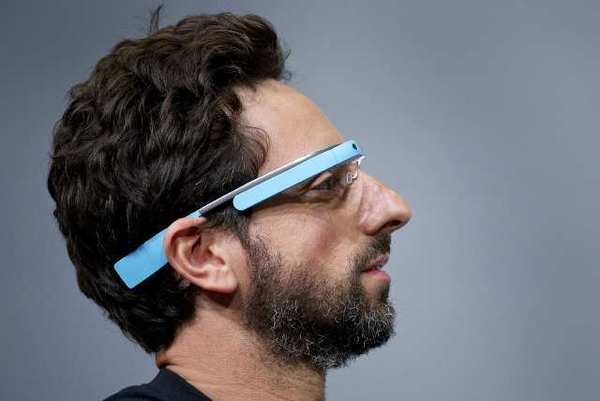Tom Chi is an inventor who started Google X, Google’s invention team. During the first 10 months he was there, he and his team of 10 produced more than half the patents Google had ever produced from that time forward. Patents included things like Google Glass, self-driving car technology, Project Loon, glucose monitoring contact lenses, and more.
Tom utilizes a powerful methodology to solve big problems quickly, and this technique allowed him to create a working prototype of Google Glass in just one day!
He now teaches people all over the world how to solve big problems – environmental, social, health, corporate, etc. – rapidly and it begins with a unique brainstorming process, and he delivered one of the most powerful keynotes CTLF has ever had in 2016.
You can use this methodology to invite unfiltered as many unfiltered ideas into the room as possible, making every voice heard. You’re far more likely to find the best and most successful idea if you’re choosing from a list 50 ideas than 1 or 2!
- Pose a clear question around a problem you wish to solve. “How do we…?”
- Instructions: Instruct the participants that they will be asked to spend 2 minutes individually writing every idea they can think of. Each person must write at least one ridiculously simple idea – something so “easy” you normally wouldn’t bother writing it down. Each person must also write at least one outright crazy idea – something so outlandish, it feels nearly impossible to accomplish.
- The reasoning: By sharing simple ideas, we are guaranteed to have solutions we know will work. By sharing crazy ideas, we are stretching ourselves beyond what we normally would, will full permission that crazy ideas are highly valued. By individually writing, we invite our minds to engage on the question in a deeper way, without filtering or holding back based on what others are saying.
- Start a 2-minute timer and begin.
- When the timer ends, ask everyone to stop writing. Go around the circle and ask every person to share what they wrote down, making note of their simple ideas and crazy ideas.
- If helpful, categorize and group the ideas so that like suggestions are combined and incorporated together.
- Prioritize the ideas, choosing 2-3 ideas, including both suggestions you believe are worth pursuing and ideas you know you can immediately implement to be successful.
Guiding Principle
The key to solving big problems is to be in action, trying ideas, learning from them, and iterating again and again. Don’t let the search for the perfect solution hold you back! What is a first step you can take to begin learning what you need to know to solve this problem? And begin it now…


Great writing.
These are the core mechanisms at work within Google Design Sprints.
We usually compose the open question “Who might we … ”. By razor focusing on intended outcomes, efforts and minds stay in fertile grounds for collaboration.